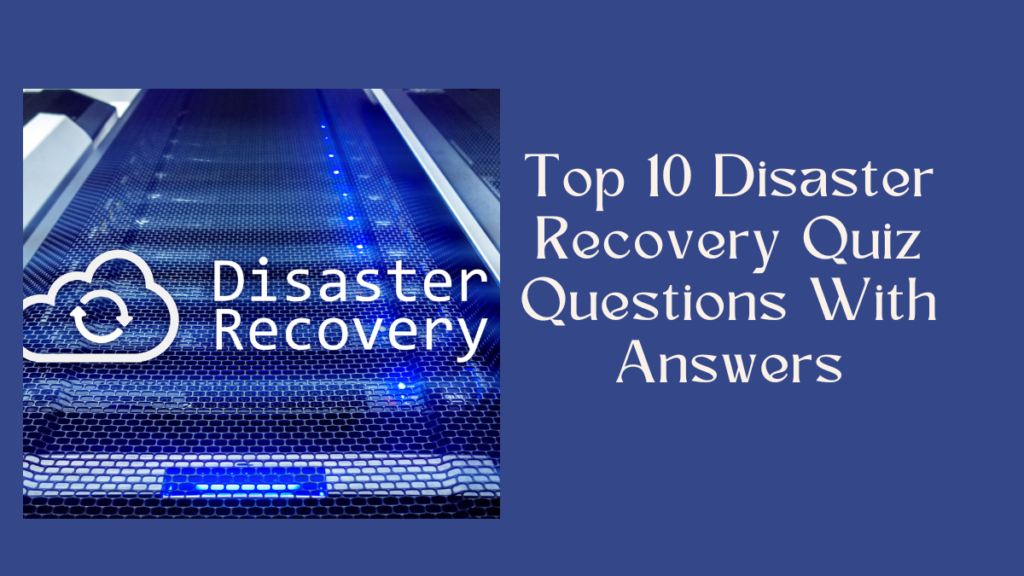Welcome to our comprehensive guide on disaster recovery – a vital aspect of business resilience in the face of unexpected challenges. From natural disasters like hurricanes and earthquakes to cyberattacks and system failures, organizations must be prepared to navigate and recover from a wide range of disruptions. In this blog, we’ll explore the importance of disaster recovery planning and provide actionable insights to help businesses mitigate risks and ensure continuity during times of crisis.
Understanding Disaster Recovery
Disaster recovery involves implementing strategies and procedures to recover data, restore operations, and minimize downtime after a disruptive event. By having a robust disaster recovery plan in place, businesses can minimize the impact of disruptions and maintain critical functions, safeguarding their reputation and bottom line.
Key Components of Disaster Recovery
A comprehensive disaster recovery plan encompasses several key components, including data backup and recovery, redundant infrastructure, communication protocols, and employee training. Each element plays a crucial role in ensuring that businesses can quickly recover from disasters and resume operations with minimal disruption.
Q1. Which of these is NOT a question that might be useful in a periodic review of the IR plan?
a. Were any AAR meetings held, and have the minutes of any such meetings been reviewed to note deficiencies that may need attention?
b. Has the plan been used during the past review period?
c. Have any other notices of deficiency or related feedback been submitted to the plan owner, and if so, they been addressed yet? have
d. All of these are useful questions.Q2. The objective of an incident resolution announcement is to prevent from causing additional disruption to the operations of the organization.
a. panic or confusion
b. a lack of awareness
c. newspaper reports
d. follow-on attacksQ3. Is needed to ensure that enough staff members with the proper skills are available for all realistic scenarios.
a. Universal training
b. Aggressive hiring
c. Incentive-based retention
d. Cross-trainingQ4. Forensic investigators use the target drive.
a. bit-stream
b. block-level
C. one–to-one
d. scriptQ5. Most digital forensic teams have a prepacked, portable field kit, also known as a(n)
a. portal toolkit
b. evidence kit
c. mobile lab
d. jump bagQ6. A quick determination of the extent of damage or loss and the associated cost or value associated with an incident is known as
a. incident impact assessment
b. business impact assessment
C. damage review estimation
d. root cause analysisQ7. Recovery from an incident begins with incident risk assessment, which can take days or weeks, depending on the extent of the damage.
Select one:
a. True
b. FalseQ8. The stability of information over time is called its
a. volatility
b. presentation
c. sensitivity
d. evidentiary valueQ9. The functional part of forensics called analysis using sound processes. is about assessing the “scene,” identifying the sources of relevant digital information, and preserving it for later
a. data sensitivity
b. first response
c. analysis and presentation
d. investigationQ10. The task of identifying and resolving vulnerabilities can prove to be a major challenge in reestablishing operations.
Select one:
a. True
b. False
Answers: Disaster Recovery Quiz Questions
- d
- a
- d
- a
- d
- a
- b
- a
- b
- a

